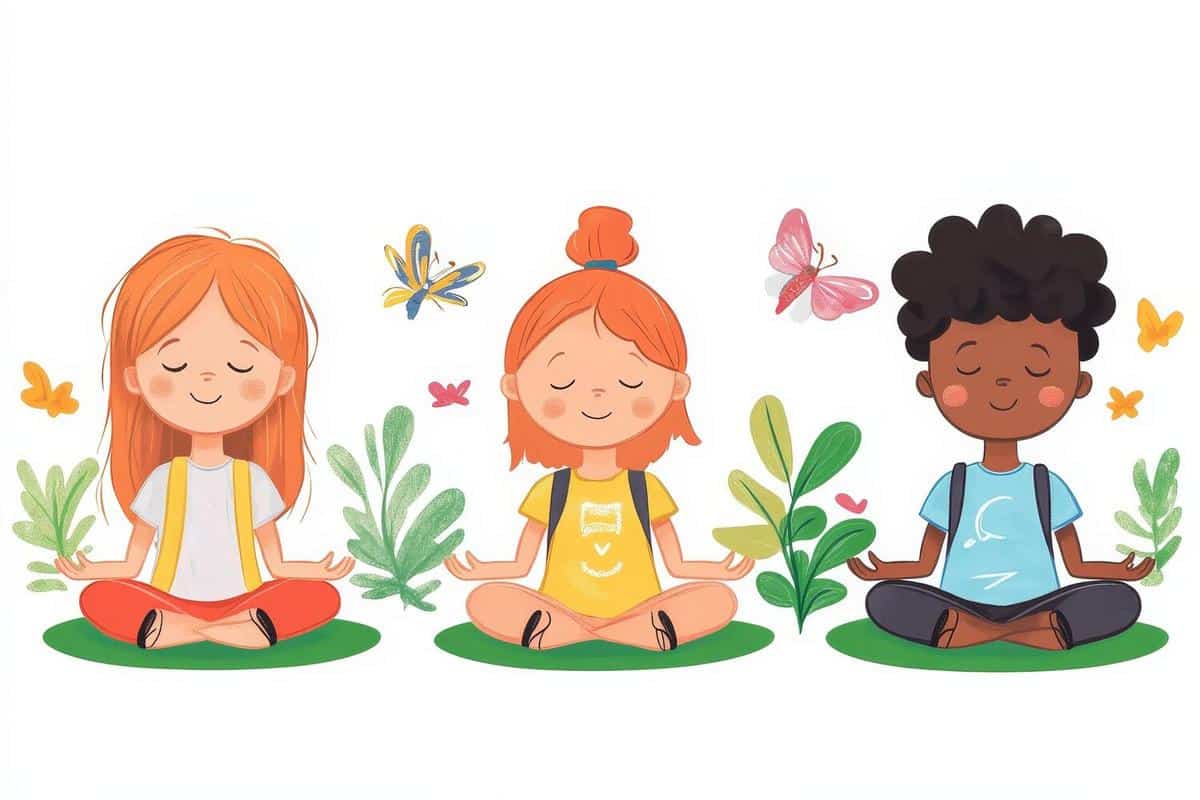
The Benefits of Mindfulness Practices for Children
Introducing mindfulness practices to children can be a game-changer, offering them tools to navigate emotions and focus better, ultimately setting a foundation for lifelong well-being.
Understanding Mindfulness for Children
Mindfulness is not just a buzzword for adults; it’s a practice that can greatly benefit children too. By teaching children to be present and attentive to their thoughts and feelings, we equip them with skills that enhance their emotional and mental health. According to a study published in the Journal of Child and Family Studies, children who practice mindfulness show improvements in attention, behavior, and emotional regulation.
Expert Insights
Dr. Amy Saltzman, a mindfulness expert, emphasizes that “mindfulness can help children develop resilience and a greater sense of well-being.” She explains that when children learn to focus on the moment without judgment, they can better manage stress and anxiety.
Research Findings
Research from the Mindful Schools program found that students practicing mindfulness saw a 24% increase in social behaviors and a 15% decrease in aggression. These statistics highlight the positive impact mindfulness can have on a child’s social interactions and overall demeanor.
Practical Examples
Consider the story of Mike, a 10-year-old who struggled with concentration in school. After incorporating short mindfulness exercises into his daily routine, his teacher noted a significant improvement in his attention span and academic performance.
Actionable Tips for Parents
- Start with simple breathing exercises: Encourage your child to take deep breaths, counting to four as they inhale and exhale.
- Introduce mindful listening: Ask your child to close their eyes and listen to surrounding sounds, focusing on identifying them one by one.
- Create a gratitude practice: Each day, have your child write down three things they are thankful for.
- Use guided mindfulness apps designed for kids to make the practice engaging and fun.
Comparison of Mindfulness Activities
| Activity | Duration | Age Suitability | Benefits |
|---|---|---|---|
| Breathing Exercises | 5-10 mins | 5-12 years | Improves focus and reduces anxiety |
| Mindful Coloring | 10-20 mins | 4-10 years | Enhances creativity and relaxation |
| Body Scan | 5-15 mins | 6-12 years | Increases body awareness |
| Gratitude Journaling | 5 mins | 7-12 years | Boosts positive thinking |
| Mindful Walking | 10 mins | All ages | Encourages presence and awareness |
| Guided Visualization | 10-15 mins | 8-12 years | Improves imagination and calmness |
| Mindful Listening | 5 mins | 5-12 years | Enhances concentration |
| Yoga | 15-30 mins | 5-12 years | Improves flexibility and mental calmness |
Frequently Asked Questions
How can I make mindfulness engaging for my child?
Incorporate games and activities that involve mindful awareness, such as mindful listening or nature walks, to keep the practice fun and engaging.
What is the ideal age to introduce mindfulness to children?
Mindfulness can be introduced as young as four years old, but adapting the activities to be age-appropriate is key to maintaining interest and effectiveness.
Are there any resources I can use to guide my child’s mindfulness practice?
Yes, several apps and books are designed to guide children through mindfulness exercises in a fun and interactive way.
Conclusion
Mindfulness practices offer children valuable tools to enhance their emotional resilience, focus, and overall well-being. By integrating mindfulness into their daily routines, parents can foster a supportive environment where children learn to manage stress and remain present. As you explore mindfulness with your child, remember that patience and consistency are key. Embrace this journey together, and watch your child thrive emotionally and mentally.
